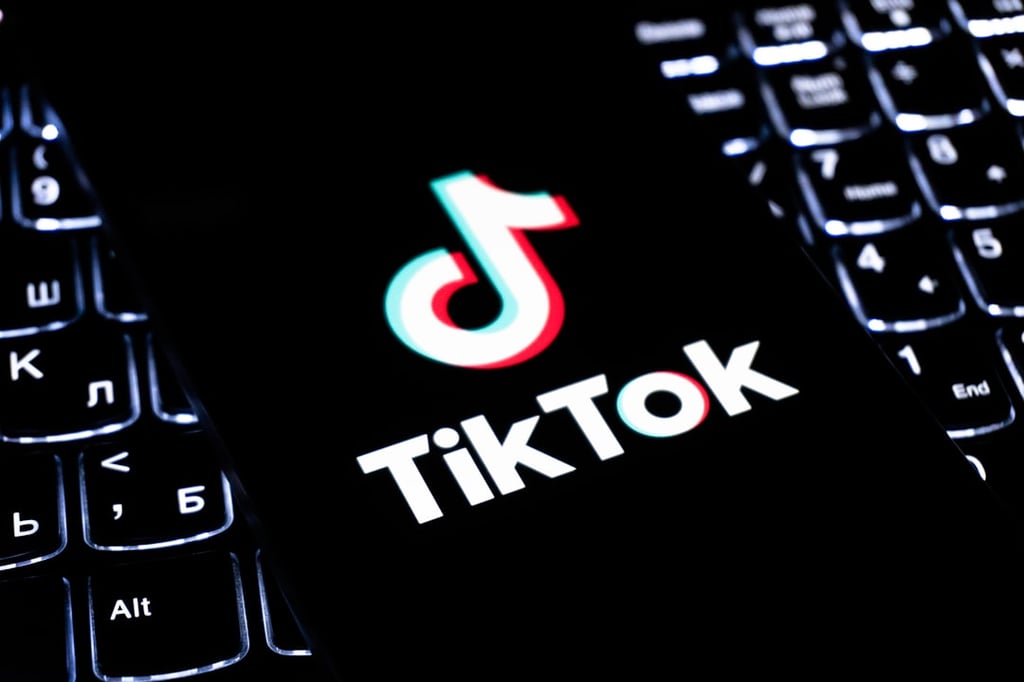The Android When can something be locked yet still be open? When it’s a mobile handset sold by a wireless carrier concerned about security and bandwidth issues, whose platform was built by an group dedicated to open compute systems. The answer, in short, is the G1. That’s the official name of the T-Mobile HTC handset […]
Datamation content and product recommendations are
editorially independent. We may make money when you click on links
to our partners.
Learn More
 |
The Android
|
When can something be locked yet still be open?
When it’s a mobile handset sold by a wireless carrier concerned about security and bandwidth issues, whose platform was built by an group dedicated to open compute systems.
The answer, in short, is the G1. That’s the official name of the T-Mobile HTC handset launched by Google (NASDAQ: GOOG) Tuesday in a direct challenge to Apple’s iPhone for the heart and mindshare of mobile device users eager for faster Web access to data and communication applications.
In locking the G1 to its 3G network, via monthly voice and data plan subscriptions ranging from $25 to $35, T-Mobile has control over what applications will be available to users.
And it’s the level of control, according to experts, that advances the handset’s allure and could also pose some challenges.
While the open platform allows third-party development T-Mobile has locked the device from other networks. The approach is typical with carrier-subsidized handsets — and the prime element in keeping device price points low. The G1’s initial price is $179 with a two-year data subscription plan. Carriers traditionally want control over application use to avoid network security issues as well as bandwidth issues.
Research firm Strategy Analytics estimates that nine out of 10 GSM/CDMA handsets sold in the US this year will be SIM-locked.
Android was built under the auspices of the Open Handset Alliance, which has said the platform will come under one of the “most progressive, developer-friendly open source licenses” to provide significant freedom and flexibility for product design. Google, which acquired Android in 2005, (NASDAQ: GOOG) announced its mobile phone plans in November 2007.
One industry expert, who called the G1 a “compelling story,” said the device illustrates that today’s “mobile phone is the new PC” and “everything is open right now.”
“The message is that the open platform is being embraced and the mobile world just got a little more interesting,” Michael Gartenberg, vice president of mobile strategy, Mediabistro, told InternetNews.com. (Mediabistro and InternetNews.com are owned by the same parent company, Jupitermedia Corp.)
For example T-Mobile will not restrict applications providing a work-around to the SIM lock feature or prohibit Voice over Internet Protocol (VoIP) software, such as Skype applications, that come from the Android development community, according to Gartenberg.
“T-Mobile’s CTO [Cole Brodman, who also serves as chief innovation officer for T-Mobile USA] told me that he while he can’t say he’d like that to happen he isn’t going to restrict it or stop it,” said Gartenberg. “That’s the spirit of how open they are to being an open platform and the fact they understand what it’s all about.”
According to Gartenberg, T-Mobile will let users unlock devices after 90 days and in case of needing local SIM cards for international travel.
This article was first published on InternetNews.com. To read the full article, click here.
-
Huawei’s AI Update: Things Are Moving Faster Than We Think
FEATURE | By Rob Enderle,
December 04, 2020
-
Keeping Machine Learning Algorithms Honest in the ‘Ethics-First’ Era
ARTIFICIAL INTELLIGENCE | By Guest Author,
November 18, 2020
-
Key Trends in Chatbots and RPA
FEATURE | By Guest Author,
November 10, 2020
-
Top 10 AIOps Companies
FEATURE | By Samuel Greengard,
November 05, 2020
-
What is Text Analysis?
ARTIFICIAL INTELLIGENCE | By Guest Author,
November 02, 2020
-
How Intel’s Work With Autonomous Cars Could Redefine General Purpose AI
ARTIFICIAL INTELLIGENCE | By Rob Enderle,
October 29, 2020
-
Dell Technologies World: Weaving Together Human And Machine Interaction For AI And Robotics
ARTIFICIAL INTELLIGENCE | By Rob Enderle,
October 23, 2020
-
The Super Moderator, or How IBM Project Debater Could Save Social Media
FEATURE | By Rob Enderle,
October 16, 2020
-
Top 10 Chatbot Platforms
FEATURE | By Cynthia Harvey,
October 07, 2020
-
Finding a Career Path in AI
ARTIFICIAL INTELLIGENCE | By Guest Author,
October 05, 2020
-
CIOs Discuss the Promise of AI and Data Science
FEATURE | By Guest Author,
September 25, 2020
-
Microsoft Is Building An AI Product That Could Predict The Future
FEATURE | By Rob Enderle,
September 25, 2020
-
Top 10 Machine Learning Companies 2020
FEATURE | By Cynthia Harvey,
September 22, 2020
-
NVIDIA and ARM: Massively Changing The AI Landscape
ARTIFICIAL INTELLIGENCE | By Rob Enderle,
September 18, 2020
-
Continuous Intelligence: Expert Discussion [Video and Podcast]
ARTIFICIAL INTELLIGENCE | By James Maguire,
September 14, 2020
-
Artificial Intelligence: Governance and Ethics [Video]
ARTIFICIAL INTELLIGENCE | By James Maguire,
September 13, 2020
-
IBM Watson At The US Open: Showcasing The Power Of A Mature Enterprise-Class AI
FEATURE | By Rob Enderle,
September 11, 2020
-
Artificial Intelligence: Perception vs. Reality
FEATURE | By James Maguire,
September 09, 2020
-
Anticipating The Coming Wave Of AI Enhanced PCs
FEATURE | By Rob Enderle,
September 05, 2020
-
The Critical Nature Of IBM’s NLP (Natural Language Processing) Effort
ARTIFICIAL INTELLIGENCE | By Rob Enderle,
August 14, 2020
SEE ALL
ARTICLES










